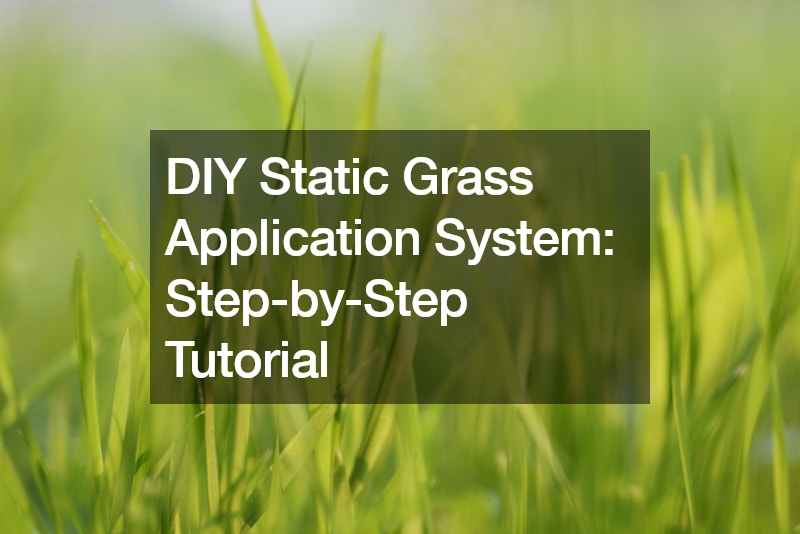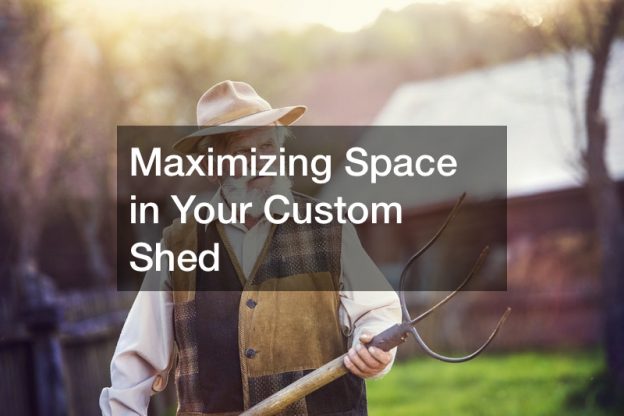
Static grass adds a touch of realism and character to miniature landscapes, transforming flat surfaces into lush meadows, rolling hills, or even rugged mountain tops. While commercially available static grass application systems offer a convenient solution, creating your DIY system allows for customization and cost-effective application. This step-by-step tutorial guides you through building a simple yet effective DIY static grass applicator.
Materials:
Cardboard box (approx. shoebox size) Wire mesh (chicken wire or similar) Masking tape Craft knife Pantyhose (nylon stockings) Duct tape Power adapter (optional) 9V battery (optional) Switch (optional, for battery use) Alligator clips (optional, for battery use) Bowl or container (large enough to hold your chosen static grass) Static grass (different colors and lengths can be used for variety) Hobby knife Tweezers (optional) Craft glue (optional, for securing the wire mesh) Safety glasses (recommended) Instructions:
Preparing the Box: Choose a sturdy cardboard box with a removable lid. A shoebox size is ideal for most miniature landscapes. Cut a rectangular opening on one side of the box, approximately 2/3 the width and half the height of the box. This opening will serve as the “grasshopper” where you’ll place your static grass. Line the inside of the box with aluminum foil (optional). This can help reflect static electricity and improve grass adherence. Creating the Grass Hopper: Cut a piece of wire mesh slightly larger than the opening you created in the box. Secure the wire mesh to the inside of the box using craft glue (optional) or taping it around the edges with masking tape. The mesh will act as the platform for holding the static grass. Cut a piece of pantyhose slightly larger than the wire mesh. Stretch the pantyhose taut over the mesh and secure it with masking tape around the edges. This will create a fine mesh surface that allows static electricity to pass through while holding the static grass in place. Power Source (Optional): This step is optional and depends on your desired level of control. You can choose between a power adapter or a 9V battery:
Power Adapter: If using a power adapter, ensure it outputs a low voltage (ideally around 3-6 volts) and has a compatible plug connecting to the alligator clips. Battery: For a battery-powered option, you’ll need a 9V battery, a switch, and alligator clips. Connect the positive terminal of the battery to the switch, then connect one end of an alligator clip to the other terminal of the switch. Attach the other end of the alligator clip to a small metal plate or a piece of exposed wire mesh inside the box. This will serve as the positive electrode. The other alligator clip will be connected to a grounding point on your layout (discussed later). Grounding: You need a grounding point on your layout for static electricity to work effectively. This can be a metal mesh incorporated into your baseboard or a simple piece of exposed metal sheet attached to your layout. Connect the remaining alligator clip (from the battery or power adapter) to this grounding point.
Using Your DIY Static Grass Applicator: Fill the bowl or container with your chosen static grass. Open the box lid and pour some static grass onto the pantyhose mesh. Safety Note: Wear safety glasses when working with static electricity. Power Source: Power Adapter: Plug in the power adapter and adjust the voltage to a level where the static grass stands upright but doesn’t fly off the mesh. Experiment with different voltage levels to find the sweet spot. Battery: Turn on the switch on your battery pack. Applying the Grass: Hold the box close to your layout surface (around 1-2 inches) with the opening facing downwards. Tap or brush the pantyhose mesh to release the statically charged grass fibers. The charged fibers will be attracted to the grounded surface of your layout, standing upright to create a realistic grass effect. Refilling and Cleaning: Refill the container with static grass as needed. The pantyhose mesh can be reused multiple times. However, replace it with a fresh piece if it becomes clogged with glue or paint residue. Tips and Techniques:
Variety is Key: Use a mix of static grass colors and lengths to create a natural-looking, textured landscape. Layering for Depth: Apply static grass in layers, starting with a base layer of longer fibers for a more natural, uneven effect. Then, follow up with shorter fibers for a denser, finished look. Controlling Application: Practice controlling the amount of static grass released. Start with a small amount and gradually increase as needed to avoid clumping. Flocking for Texture: Combine static grass application with other foliage materials like flocking to create a more diverse and realistic terrain representation. Wet vs. Dry Application: Static grass can be applied to wet and dry surfaces. Applying static grass to a slightly damp surface can help it adhere better, especially on vertical surfaces. However, experiment with both methods to see which works best for your project. Securing the Grass (Optional): Once satisfied with the static grass application, you can use a diluted mix of PVA glue (white glue) misted over the surface to help secure the fibers in place. Let the glue dry completely before adding other scenery elements. Alternative Grounding Methods: If using a large layout or encountering grounding issues, you can create multiple grounding points throughout your layout for better static electricity distribution. Advanced Techniques:
Electrostatic Flock Box: Consider building a dedicated electrostatic flock box for more complex applications. This can involve incorporating a metal mesh grid inside the box connected to the power source, allowing more control over the static charge and grass distribution. Airbrushing Static Grass: Experienced modelers can explore airbrushing techniques for applying static grass. This method involves mixing static grass with a specific adhesive solution and airbrushing it onto the layout surface. However, this technique requires specialized equipment and practice. Conclusion:
Building a DIY static grass application system is a cost-effective and rewarding way to add a touch of realism to your miniature landscapes. With a little creativity and these easy-to-follow instructions, you can create your static grass applicator and unlock a world of creative possibilities for your miniature scenes. Practice and experimentation are key to perfecting your static grass application techniques. So, grab your materials, unleash your imagination, and watch your miniature landscapes come to life with a touch of static grass magic!
.




